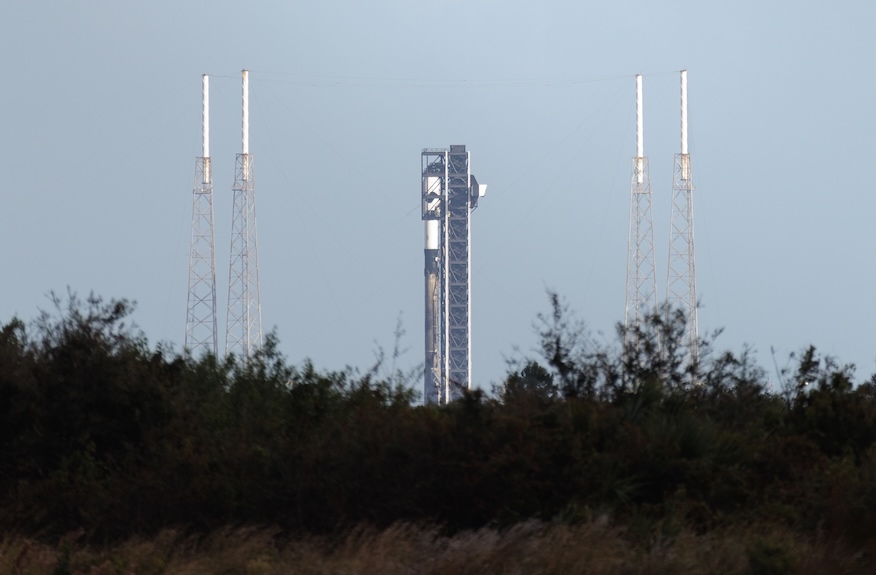SpaceX Launches 28 Starlink Satellites: The Latest Achievements in Space Innovation
SpaceX has once again demonstrated its leadership in space technology and satellite internet by launching 28 Starlink V2 Mini satellites into low Earth orbit. The company's recent Starlink 6-67 mission continues to expand its global internet constellation and pushes the boundaries of reusable rocket technology. Let’s explore the highlights of this milestone event, the technology behind the launch, and what it means for the future of space exploration.

The Starlink 6-67 Mission: A Significant Step for SpaceX
On May 14, 2025, SpaceX launched its Falcon 9 rocket from Cape Canaveral Space Force Station in Florida, carrying 28 Starlink satellites. The midday liftoff occurred at 12:38 p.m. EST in near-perfect weather. This mission marked the fourth flight for the Falcon 9 booster used, previously involved in Crew-10, Bandwagon-3, and SES’s O3b mPOWER-E launches.
As reported in Spaceflight Now's live coverage, a successful booster landing took place just over eight minutes after launch. The reusable booster landed on SpaceX’s droneship "A Shortfall of Gravitas" in the Atlantic Ocean, marking its 109th landing for that vessel.
Falcon 9: Reliability and Reusability
The Falcon 9 rocket has become a symbol of dependability. Its reusable first-stage design has redefined economical space travel, allowing SpaceX to perform frequent launches with minimal turnaround. According to Space.com, this was SpaceX’s 58th Falcon 9 launch this year, reflecting the company's remarkable operational pace and technological expertise.
After liftoff, the Falcon 9’s upper stage continued to deliver the Starlink satellite batch into orbit. In about an hour, the satellites were released to begin their journey toward their final orbital slots. Each satellite now operates autonomously to join the vast Starlink constellation.
Starlink Constellation: Expanding Global Connectivity
The latest launch grows the Starlink network to more than 7,400 satellites in orbit. Starlink aims to provide high-speed internet access to users worldwide, especially in remote regions where traditional connections fall short. By positioning thousands of satellites in low Earth orbit, SpaceX brings reliable broadband even to the most isolated areas on the planet.
If you’d like a closer look at the launch details and see how the day unfolded, check out Florida Today’s live updates from the May 14 Starlink mission.
The Broader Impact and What’s Next for SpaceX
The sustained pace of launches sets new industry standards for reliability, reusability, and cost-efficiency. SpaceX’s advances in autonomous booster landings, rapid launch cadence, and satellite deployment are reshaping how humanity accesses and uses space technology.
With Starlink, widespread connectivity becomes more realistic every day, opening new opportunities for education, commerce, and emergency communication in underserved areas. As SpaceX refines both its rocket and satellite technologies, expect even more ambitious missions on the horizon.
Conclusion
SpaceX continues to inspire with every launch. The success of the Starlink 6-67 mission highlights the company’s commitment to innovation, connectivity, and sustainable space travel. For ongoing live coverage of future launches and up-to-date mission stats, follow reputable sources like Spaceflight Now and Space.com. Stay tuned to witness how SpaceX continues to transform what's possible in space.